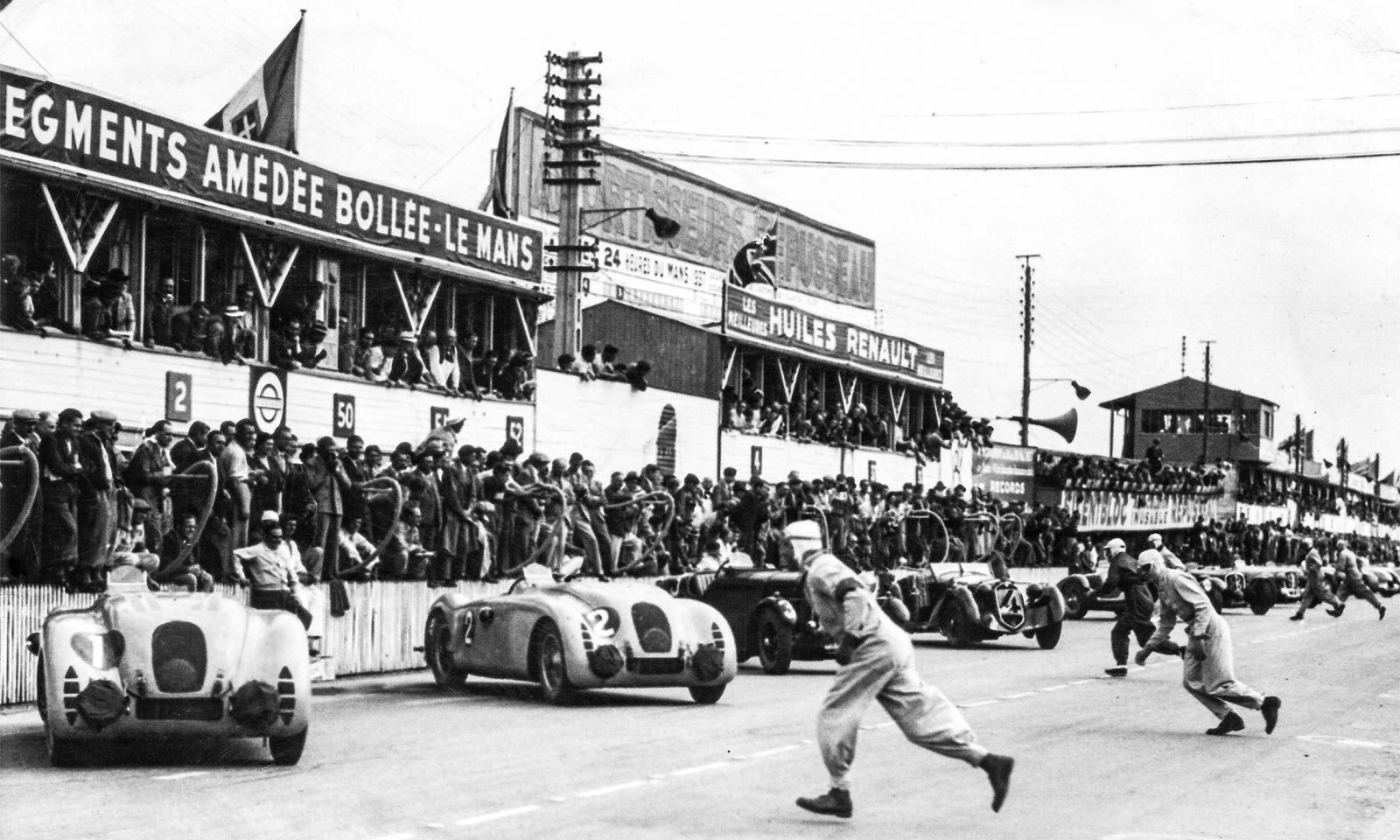Bugatti's Century-Long Odyssey: A Salute to the 24 Hours of Le Mans
As the 24 Hours of Le Mans marks its centennial celebration, the enduring saga of Bugatti's participation weaves through the tapestry of this legendary race, tracing back to its inception in 1923


This year, the Le Mans 24 hours race, a pinnacle of automotive endurance and skill, commemorates its 100th anniversary. Within these century-spanning pages of history, the narrative of Bugatti is intricately woven, beginning with the race's inauguration in 1923.
In that debut year, Bugatti's entry was marked by the Brescia 16S, a vehicle celebrated for its agility and steadfast reliability, a stark contrast to the cumbersome racing cars of the era. Despite the relentless rain throughout the race, the Brescia, helmed by Max de Pourtalès and Sosthène de La Rochefoucauld, achieved a commendable top-10 finish, foreshadowing Bugatti's potential dominance in endurance racing.
Bugatti's return to the revered Circuit de la Sarthe in 1930 was highlighted by the Type 40, entered by the indomitable Odette Siko. Siko, alongside co-pilot Marguerite Mareuse, defied prevailing norms with their all-female team, steering their Type 40 to an impressive seventh-place finish. Their feat at Le Mans exemplified the courage of women in motorsport, joining ranks with trailblazers like Hellé Nice and Eliška Junková.
Over the subsequent years, Bugatti's Le Mans journey was a tapestry of triumphs and tribulations. Notable finishes in 1932, 1934, and 1935 showcased their prowess, yet the elusive podium remained just out of reach. However, 1937 would herald a monumental shift.
In response to the 1936 Le Mans rule changes, Bugatti initiated the development of the Type 57 Grand Prix, later known as the Type 57G. This marvel, boasting a 3,266cc eight-cylinder engine and a distinctive, aerodynamic magnesium-alloy body, earned the affectionate nickname "The Tank." Its prowess was most notably demonstrated by Jean-Pierre Wimille, partnered with Robert Benoist in 1937, as they piloted the Type 57G Tank to a groundbreaking victory, setting a new distance record and solidifying Bugatti's technical brilliance.
The saga continued in 1939, with Wimille joined by Pierre Veyron in a refined Type 57G. Under its streamlined chassis, an enhanced engine and weight optimizations fortified Bugatti's position as a racing powerhouse. In a thrilling 24-hour duel, Wimille and Veyron triumphed, covering a staggering 3,354 kilometers, a testament to the reliability of Bugatti's engineering.
The onset of World War 2 paused this illustrious chapter until 1994, when Bugatti returned to Le Mans with the EB110 Super Sport. Though marred by a technical mishap, this marked a significant return.
As Le Mans celebrates its centenary in 2023, Bugatti graces the Circuit de la Sarthe anew, showcasing the Bolide's dynamism in a ceremonial lap. This year is not just a celebration of a race but a homage to Bugatti's storied legacy at the 24 Hours of Le Mans, a testament to endurance, innovation, and the indomitable spirit of automotive excellence.




